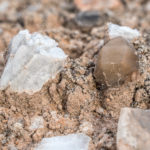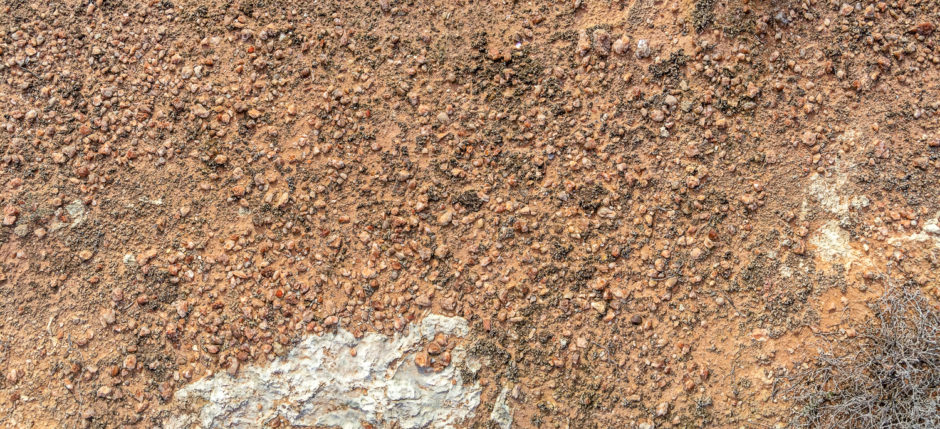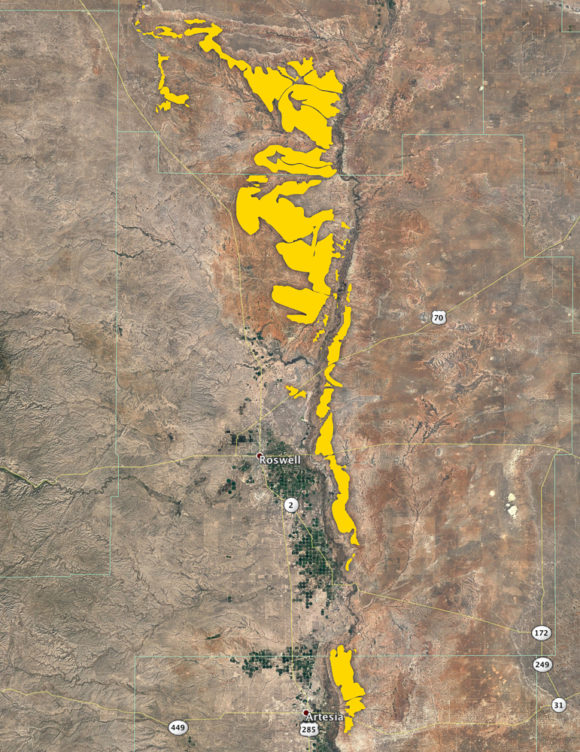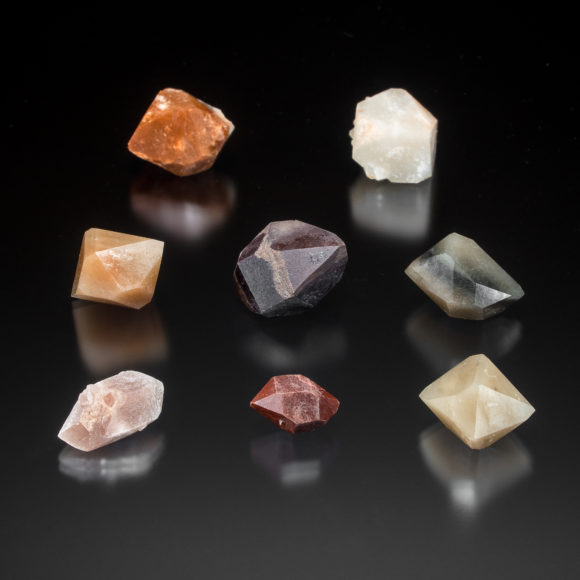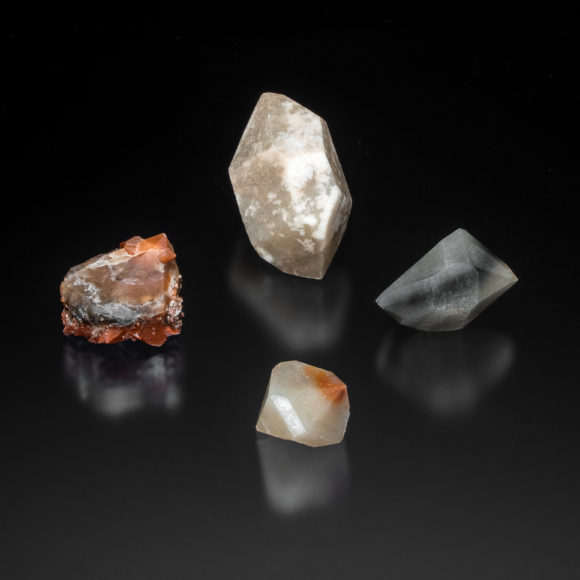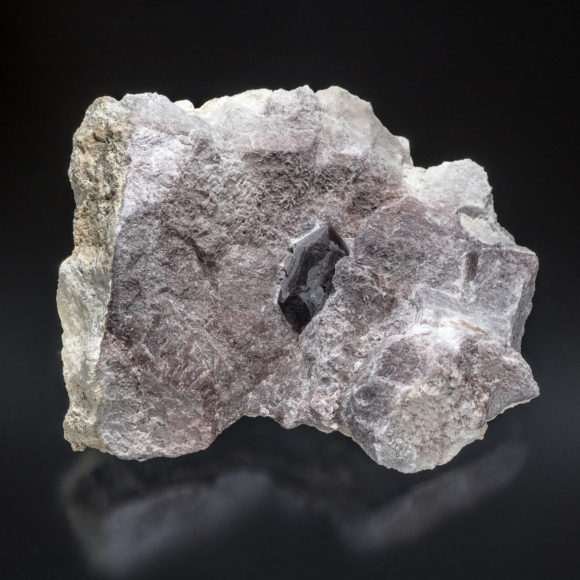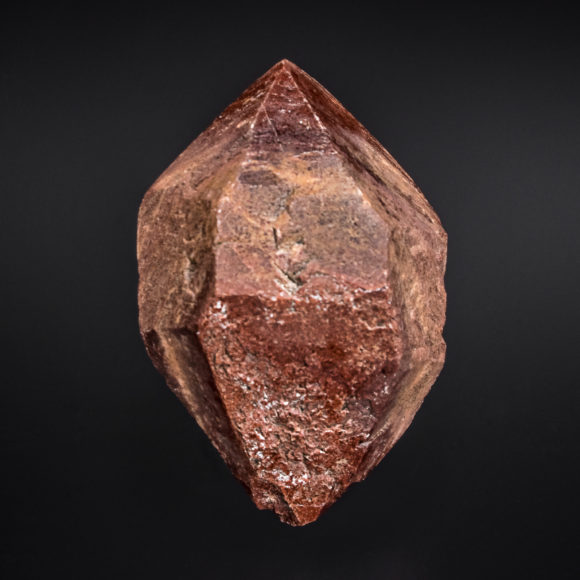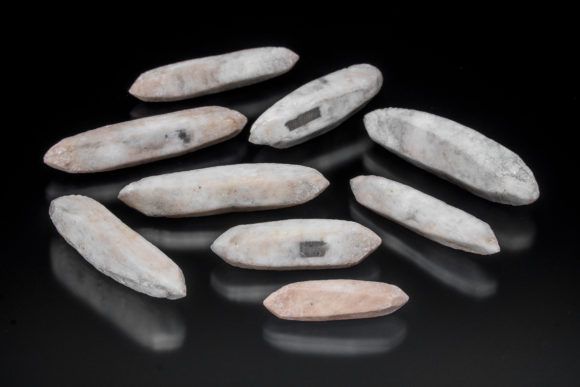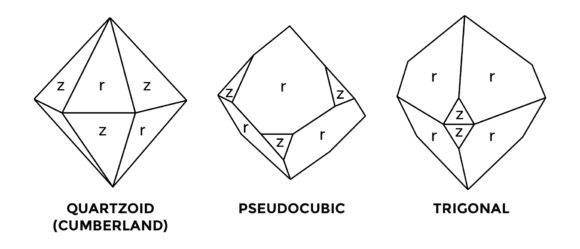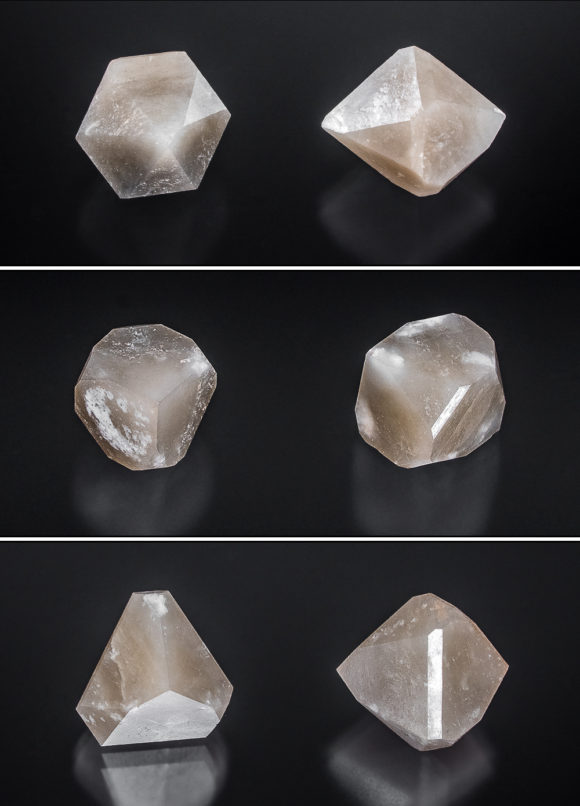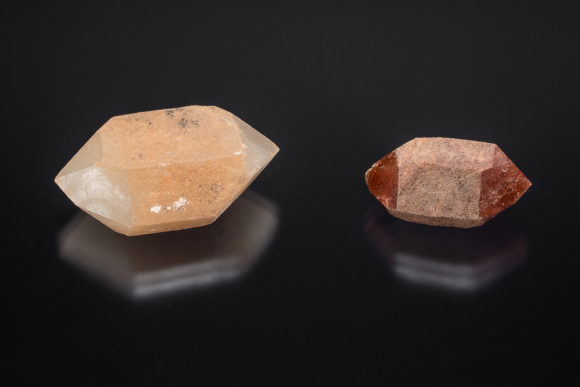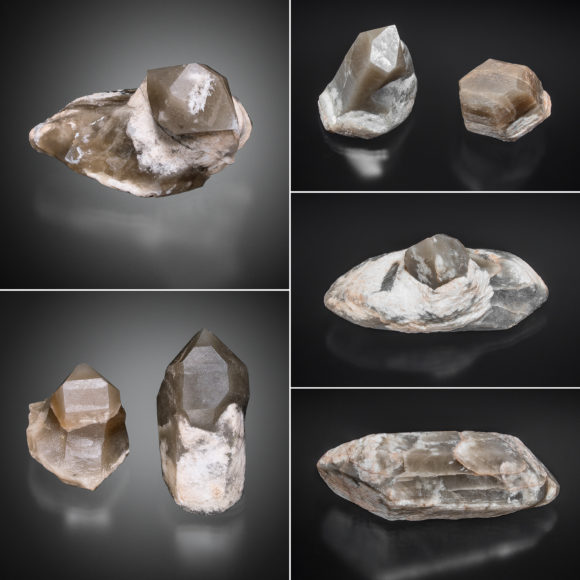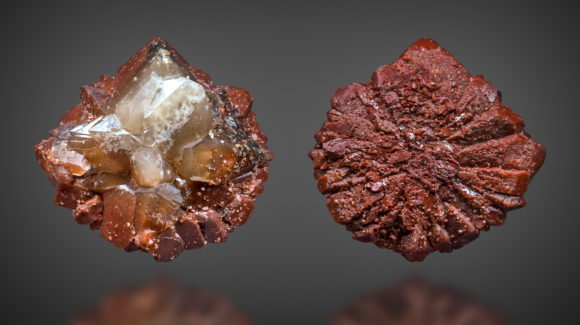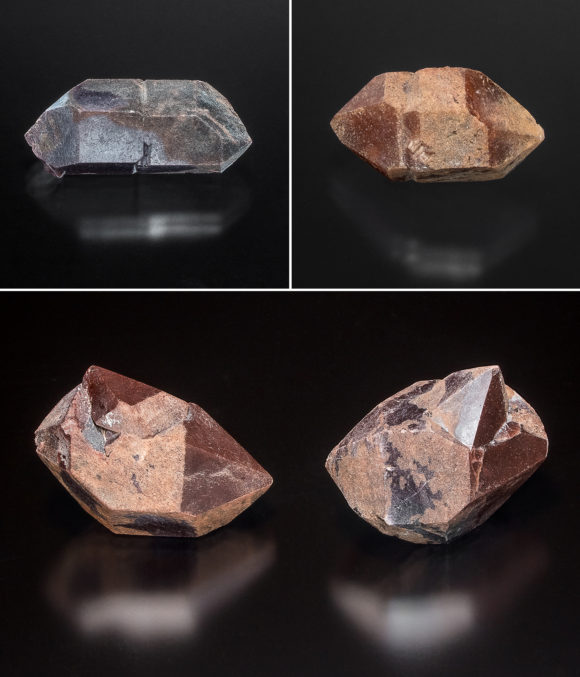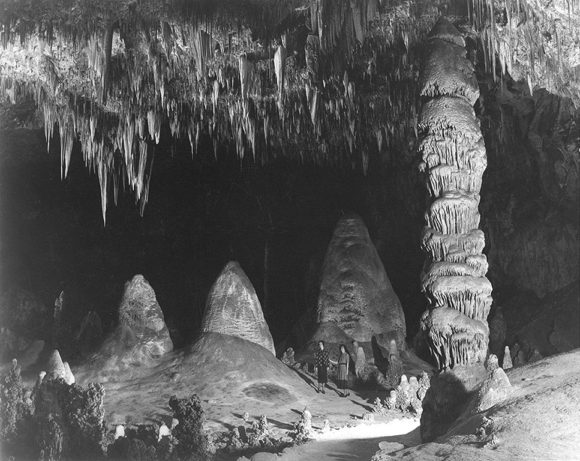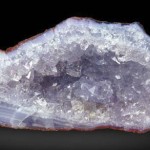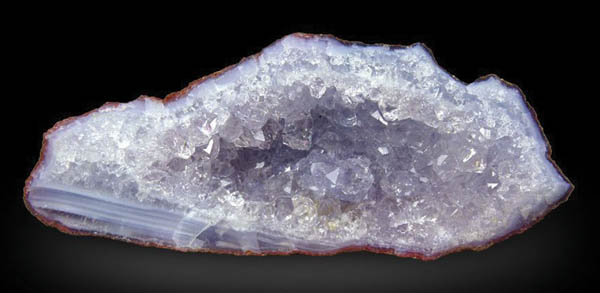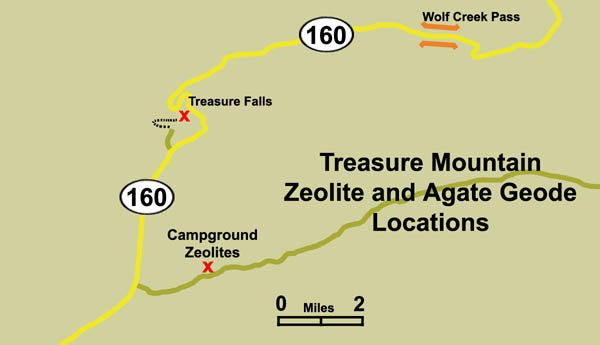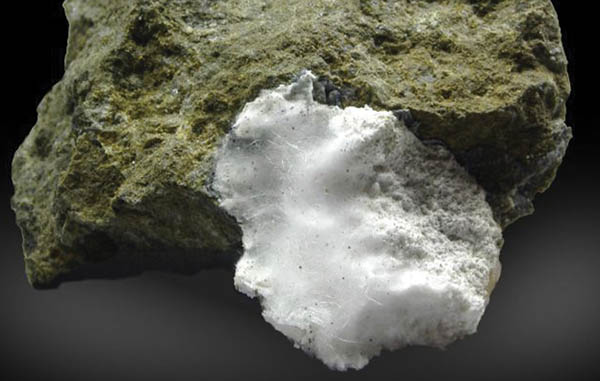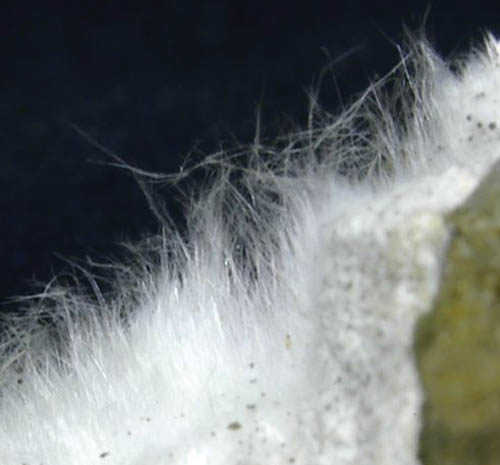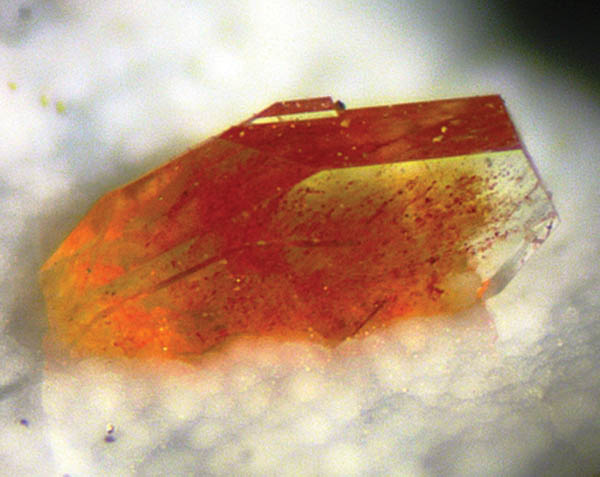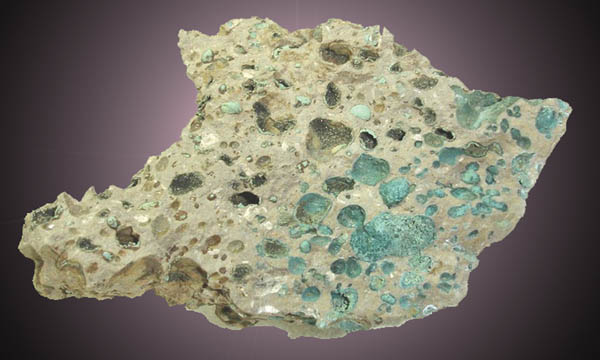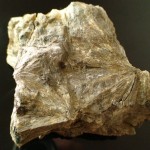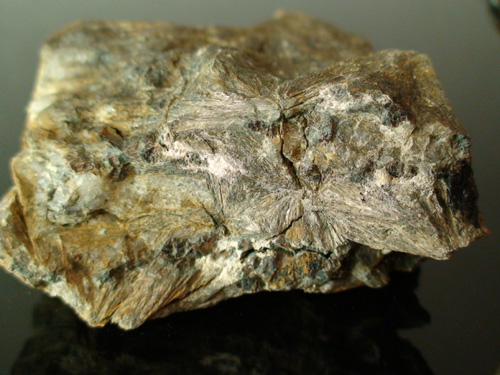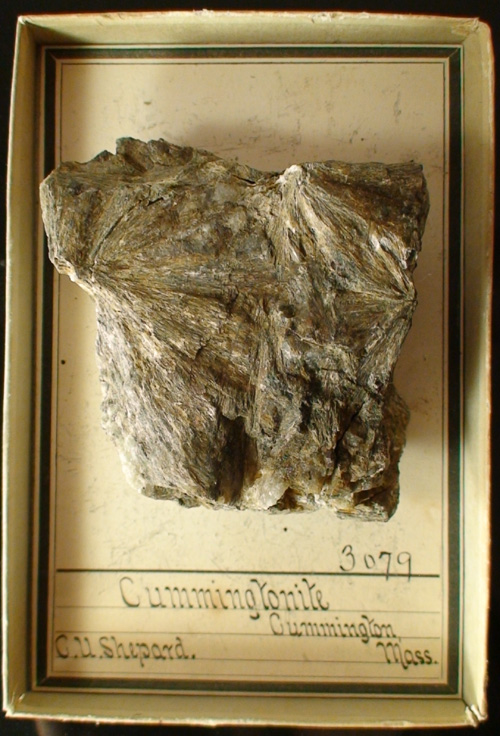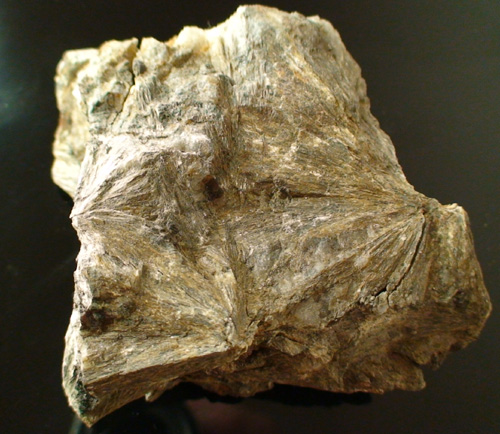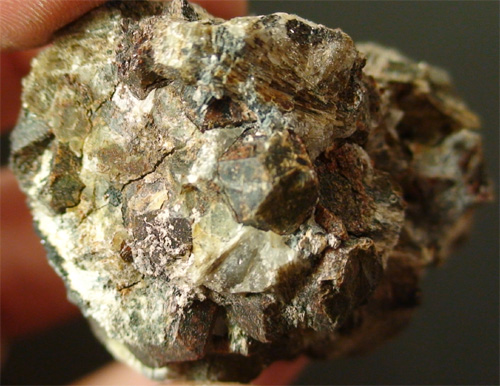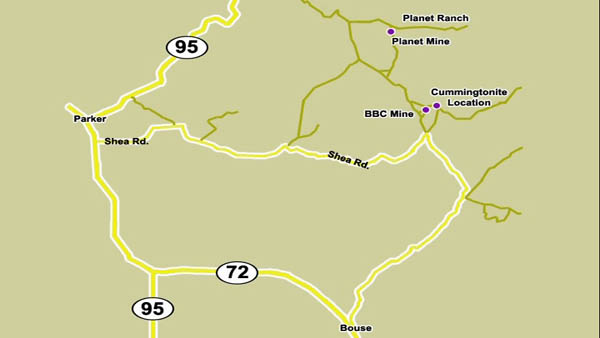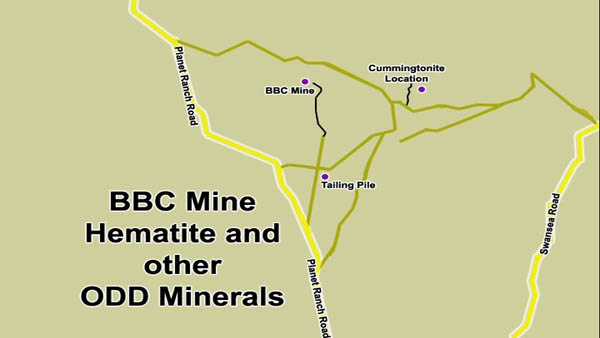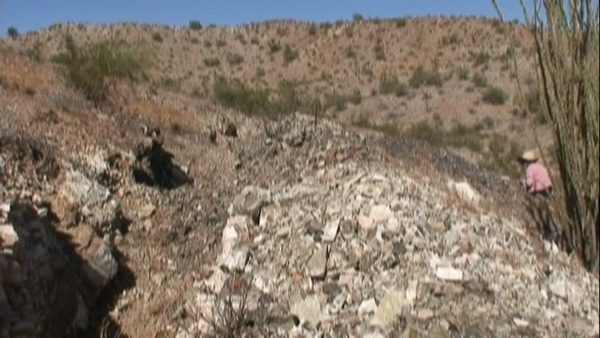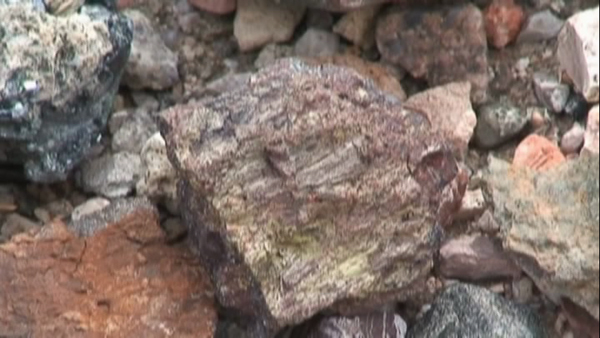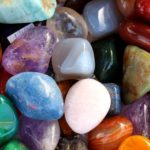
The holiday season is rolling in quickly and that means it’s time for gifts! But what do you get for that special rockhound in your life? We’ve compiled a holiday gift guide for you!
Disclaimer: Every rockhound is going to be a little bit different, but here are some ideas for you to consider. Once you’ve spotted the perfect item, we suggest a Google shopping search to find the exact model that will work for you. We can make some recommendations of items that have worked well for us, but take a look around and shop smart!
1. Rocks.
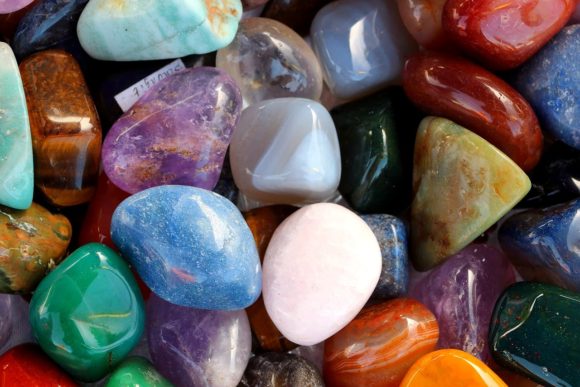
Rocks! (Or maybe more properly in this case: Minerals!)
Obviously. Because what rockhound doesn’t want more rocks? But let’s be honest, some of you might not have any idea WHICH rocks your rockhound will love. We have good news! Many mineral dealers, lapidary companies, and others in the mineral trade DO offer holiday gift cards and holiday promotions! Take the trouble out of choosing a rock and let your loved one choose their own!
Yeah, yeah, we know that gift cards kind of get a bad reputation. But from a true rockhound, the idea that I can go into a dealer’s inventory and pick out something I LOVE is definitely exciting in a way that a gift card to the local fashion boutique will never be.
So how do you find the right company to go through?
First, decide what kind of material you think your rockhound will love – some love mineral specimens, others love gemstones, and others love just rough lapidary material! Find a company that deals in the material you’re looking for.
Next, find a company that has a great reputation. Checking out Facebook and other reviews is a great way to establish whether a company has a good reputation amongst its customers. If you know that your Rockhound has had good relationships with a company in the past, go with that one! (And if there’s a small-time company in your area, think about sharing the love by shopping local!)
Finally, if the company you’ve found doesn’t have a posted notice about gift cards or holiday promotions – ASK THEM! Shoot them an e-mail or a message to their Facebook page – chances are, whoever receives your message will be happy to work with you!
2. Tools.
Every rockhound needs tools. Similar to a rockhound’s choice in rocks, a rockhounds choice in tools might be a little difficult to pin down. We’ve got a few ideas for you though, so take a look at some of these items to see if any of these seem like they fit your rockhound!
The Rock Scoop
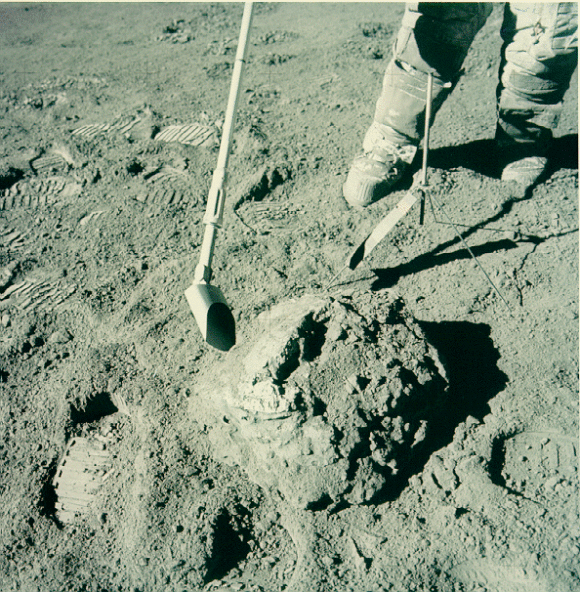
A rock scoop in use by the Apollo astronauts to collect lunar samples! Because the suits worn by astronauts made bending over nearly impossible, the rock scoop allowed them to collect rock and soil samples for return to Earth.
Though your rockhound might not be likely to be collecting on the moon, this is a proven tool. A favorite amongst those who do a lot of beach combing, the rock scoop is a handy gadget that lets you scoooooop up your treasures without bending over. This saves your rockhound on back and knee strain! Of course, this tool works well in places other than beaches too (you know, like the moon!)! We wouldn’t recommend this for the rockhound that likes to hammer on rocks, but for the collector who likes to walk along and pick up treasures, this is perfect! (It can also double as a walking stick!)
There are a lot of different models of this tool out there. Some feature a scoop with holes to let smaller debris fall through. Some are collapsible for easy transport.
The Rock Hammer
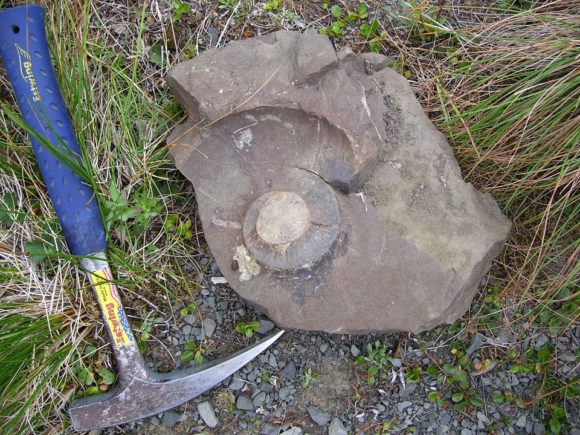
The Rock Hammer – the most essential tool of the Rockhound!
Now, for those of you who have a rockhound who likes to do some damage on your hands, there is no tool more critical than the rock hammer. And even if your rockhound already has a rock hammer, check it! These tools wear out over time, so a new hammer is never a bad thing!
There are a lot of choices in this department, but make one important distinction: NEVER think that a regular hardware store hammer is the right tool. It’s not. Be sure that whatever product you choose is labeled as a rock hammer or a geologists’ hammer. (This author has had great experiences with the tools made by Estwing, but there are certainly other choices out there.)
Note: if you need a stocking stuffer to go along with your gifts, some eye protection is always a great idea when using these tools. Throw in some safety glasses!
The Geo/Paleo Pick
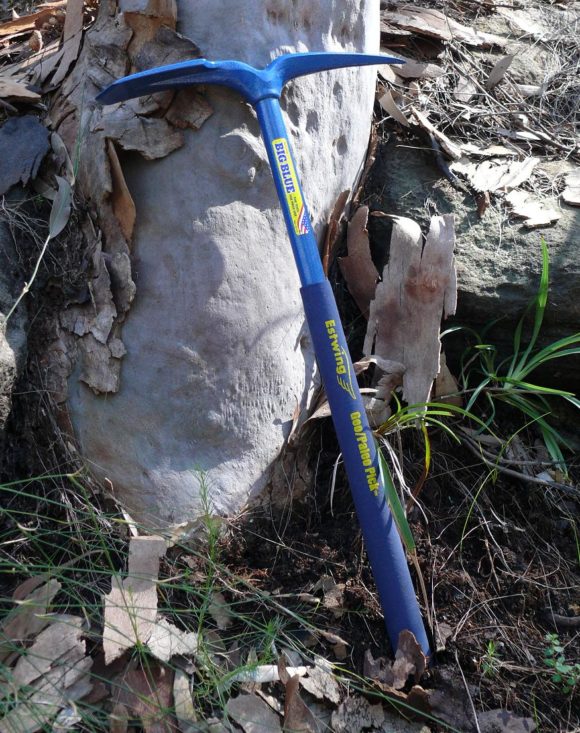
The Geo/Paleo Pick – perfect for a competition over who’s pick is the biggest…
Now, some of you might have a rockhound who’s mastered the rock hammer and needs something bigger. That’s where the Geo/Paleo Pick comes in. This tool features a longer handle for maximum power in the swing. It also has two tips: one pick-end for, you know, picking. The other end is broader and flatter and makes a great tool for scraping away debris.
There aren’t many choices available for this tool, so Estwing is a solid choice.
The Gad Bar:
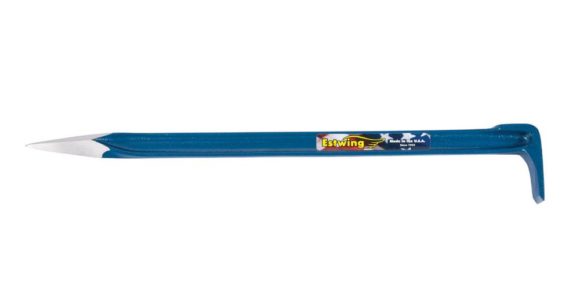
The Gad Bar – for poking and prying.
The gad bar is a tool with a little more subtlety than the hammers and picks, but it is incredibly useful. This is the rockhounds version of the pry bar. There’s a pointy end for sticking into crevices, and a chisel shaped end for wedging into cracks. This tool is great for working in areas where you don’t have the space to make big swings with a tool, or in situations where all you need is a little leverage. (Note: this is the author’s favorite field collecting tool.)
3. Information
One of the most important things you can gift a rockhound is the gift of information! Here are a few different resources you can tap to help your rockhound get more educated!
Field Guides
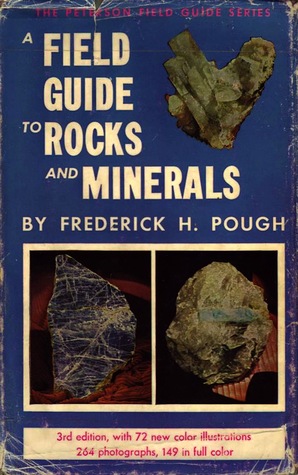
Fred Pough’s classic Field Guide to Rocks and Minerals
Field guides come in all shapes and sizes. Some will cover topics related to field identification of rocks and minerals. There are lots of options in this department! Pough’s Field Guide to Rocks and Minerals has long been a favorite of rockhounds. The author also recommends Sorrell’s Golden Guide to Field Identification of Rocks and Minerals.
Others tackle the subject on a more regional level and will give your rockhound ideas about new places to go and what can be found there. Check out our section on Field Guides for more regional guides.
Magazine Subscriptions
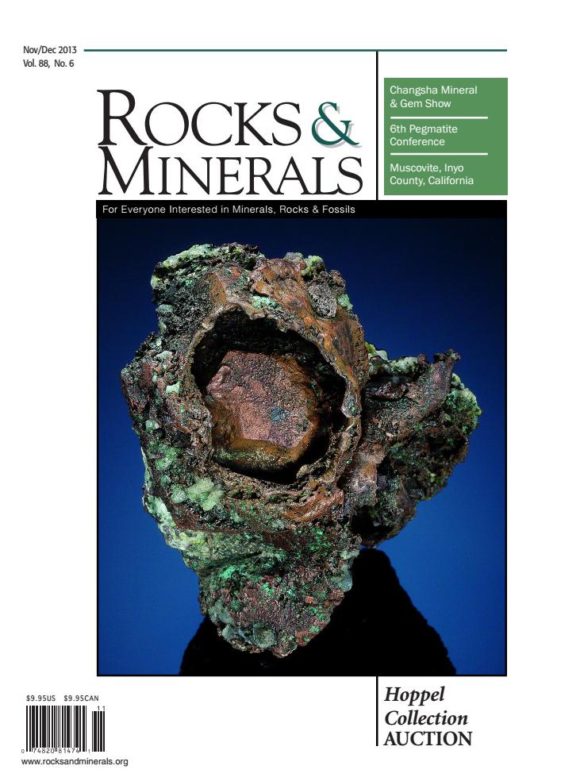
Rocks & Minerals Magazine
Books are a great gift, but several rockhound magazines are also available. Of course, the major perk to a magazine subscription is that you get new information delivered monthly or bimonthly! Several well established magazines are out there, including Rocks & Minerals magazine (offers a wide variety of topics at different levels, though primarily directed towards mineral specimens), Rock & Gem magazine (suited more for those interested in lapidary hobbies), the Mineralogical Record (specializes in mineral specimens) and the Lapidary Journal Jewelry Artist (specializes in lapidary and jewelry). Magazines are a great way to keep your rockhound regularly inspired by new information.
4. Technology
As we move into increasingly advanced times, technology is one of the greatest tools we have accessible. Just because your rockhound is concerned with ancient, dirty rocks doesn’t mean they can’t be aided by technology!
The Dino-Lite Digital Microscope
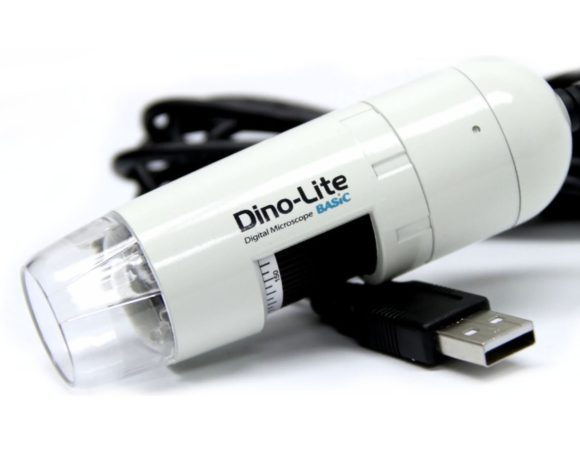
The Dino-Lite Digital Microscope – for looking at small things.
The Dino-Lite Digital Microscope offers a series of microscope options, from handheld USB models to eye-pieces designed to convert traditional microscopes. These tools allow your rockhound to examine the small things! Microcrystals to wood grains in petrified wood, this is a tool that has a wide variety of applications that will allow your rockhound to nerd out at the highest of magnifications.
The Ultrasonic Cleaner
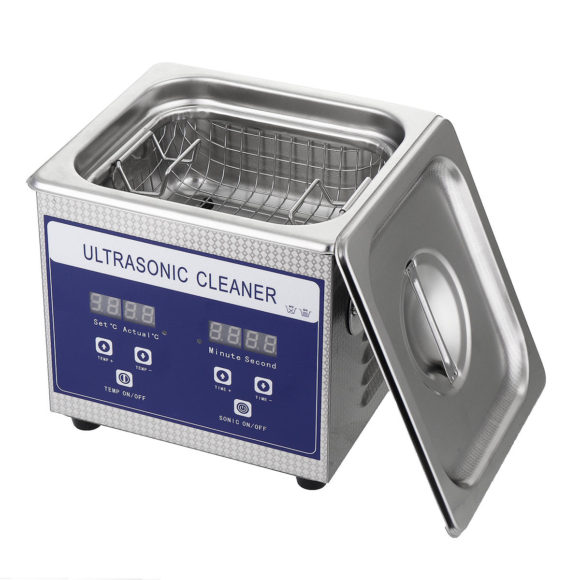
The Ultrasonic Cleaner – reduce the wear and tear on your household supply of toothbrushes!
Ultrasonic cleaners are a device used to submerge an object in liquid, which is then vibrated with high-frequency sound waves. These waves act to scrub the object of grimes, and hit all the surfaces of an object including pores and cavities. Ultrasonic cleaners are often used for cleaning machining parts or jewelry, but they also work wonders on rocks! Take away the burden of hours of tedious scrubbing by investing in one of these machines! (Disclaimer: do not put your water soluble minerals in here unless you want them so clean that they’ve disappeared entirely.)
Handheld GPS Units
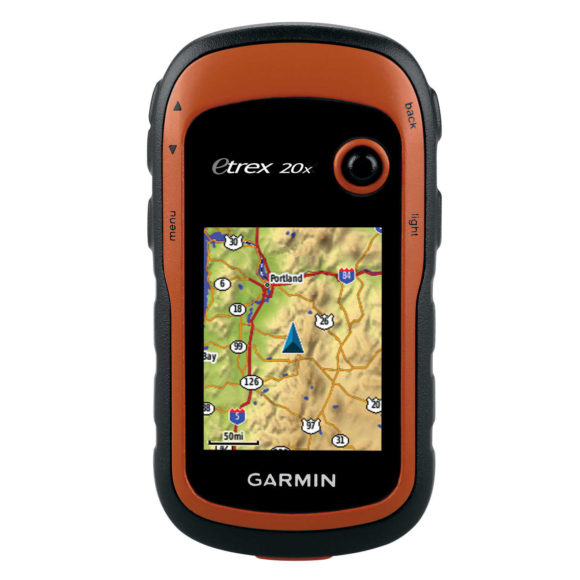
Handheld GPS Units – help your rockhound know where they are and where they’re going!
For those of you who have a rockhound who loves being out in the field, one of the greatest resources you can give them is GPS! Handheld GPS devices can be used to navigate to a new digging spot, or mark an existing one for easy navigation later! Many GPS units feature topographic maps and land status maps, which give your rockhound even more information about where they are and what they can and cannot do while they’re there.
Rock Trimmers
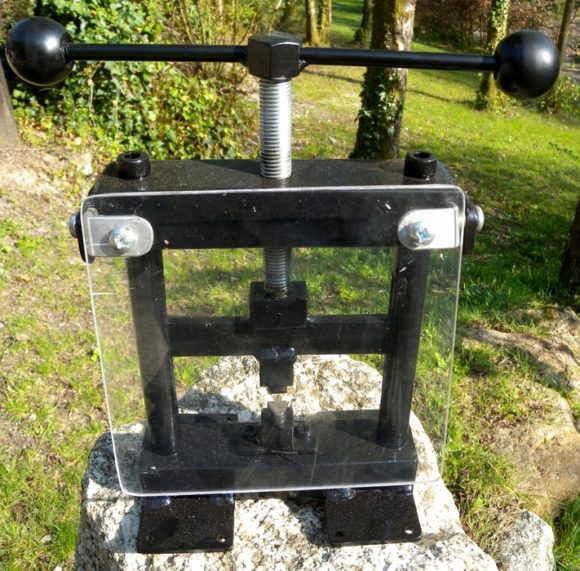
Rock Trimmers – for precision splitting of rocks!
Rock trimmers are perfect for the rockhound who carries home boulders for a small vug of crystals on one side. These tools can be tricky to find, but a variety of models are available – from small and simple, hand-crank units, to large, hydraulic-powered units. All rock trimmers work off the same concept: a rock is placed between two chisel-tipped points and pressure is used to pinch the rock and split it. This method of splitting is not without risk to specimens (sometimes it is going to split where you don’t want it to), but it offers far more control over beating on your rock with a hammer and results in a more natural finish to a specimen than a saw cut. These units can also be adapted to be used in the field, which saves your rockhound the trouble of lugging that boulder home in the first place.
Bonus Section: Stocking Stuffers!
They say it’s the little things that count – so here are some smaller, but very useful items you can throw into your rockhound’s stocking!
Headlamps
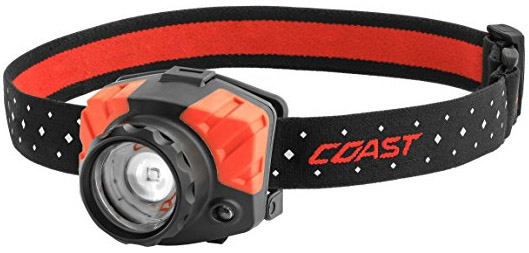
Headlamps – for hands free lighting!
Headlamps are an invaluable tool – whether your rockhound is out in the field or trying to organize a dimly lit garage, lighting is always helpful! Headlamps allow your rockhound to have their hands free while still providing plenty of light. These are available in many different brightnesses and light modes.
Chisels
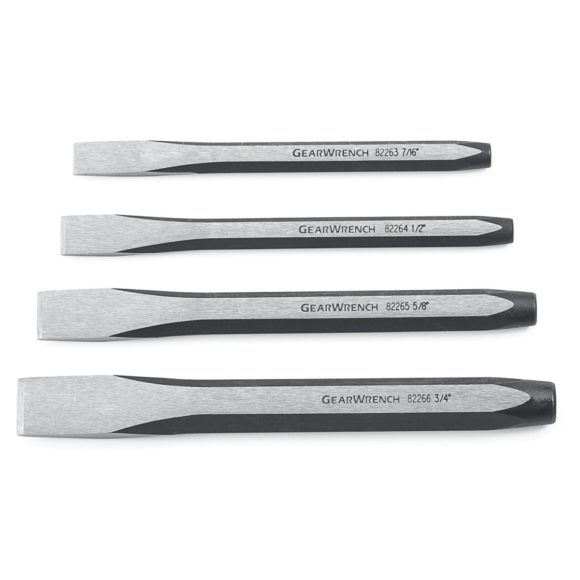
Chisels – necessary, but always disappearing…
Chisels are another indispensable tool for your rockhound. Chances are they have some – chances are that they’ve also lost some! These are easy to misplace, but the good news is they’re easy to replace too! Be sure that you are looking at “cold chisels” when shopping for your rockhound – wood chisels, etc., are not the right tool. Chisels come in a variety of sizes and lengths, and every one of them is necessary for a different situation!
There are an abundance of great gifts for your rockhound – please drop us a note if you’ve got an idea that we missed!
